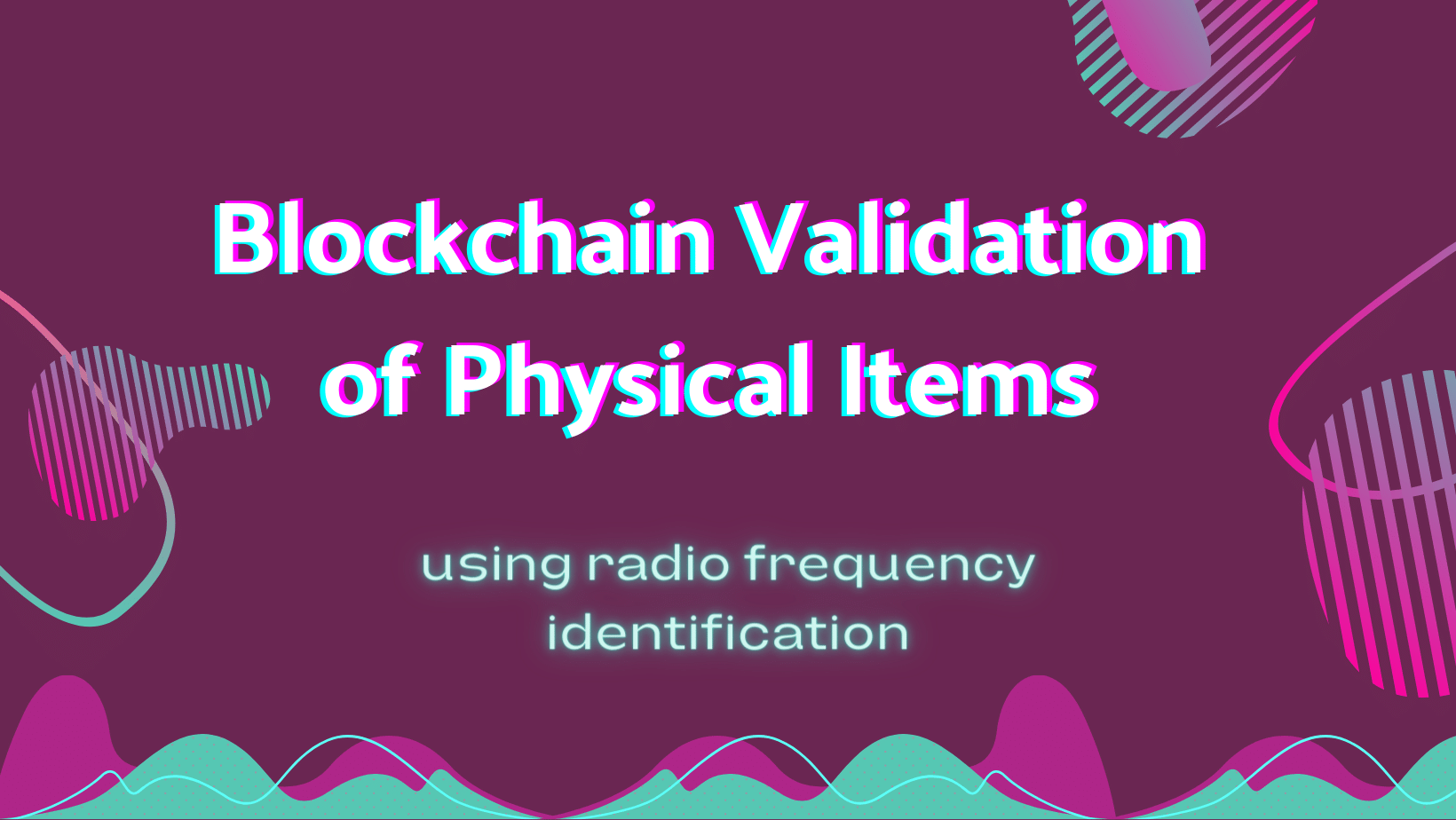
Blockchain Validation of Physical Items
Just like digital items (software, media such as music and books, tickets for access/membership), physical items also suffer from counterfeiting. This is an especially popular exploit when you look at apparel and jewelry; we've all seen fake Birkin bags, Rolexs, and Jordans being sold.
Common ways to validate these items are checking a serial number, or examining the quality of the item. But what if you aren't an expert on this individual product, and therefore can't attest to the quality, nuances in design, or what the serial number is referring to? How do I know there aren't five more watches with this same serial number?
Blockchains, and specifically NFTs, have proven to be an incredibly effective tool to provide digital scarcity. An immutable public ledger of every product and its serial number would allow you to confirm if the serial number is legit and if your seller is the true owner, but what about confirming the product in front of you is indeed the one corresponding to the ledger entry?
A blockchain solves the problem of the ledger, and RFID chips could solve the problem of reliable linking the physical item to said ledger. Let's explore how this might look, and who is already building this solution.
The Hardware
Using short-range radio frequencies, tags in physical products (sneakers, watches, handbags, etc) can be used to identify and validate unique physical products.
Prominent short-range communication protocols include
- BLE - Bluetooth low energy
- RFID - radio frequency identification
- NFC - near-field communication
BLE
BLE allows for location tracking and short-range communication of up to 10 meters within the frequency range of 2.402 GHz to 2.48 GHz. However, BLE requires active energy from the receiver
RFID
RFID consists of a reader and a tag communication with radio waves. It exists on the following wavelengths
- Low frequency (LF): 30 kHz to 300 kHz
- High frequency (HF): 3 to 30 MHz
- Ultra-high frequency (UHF): 300 MHz to 3GHz
Aside from the various frequencies, there are three common types of RFID tags
- Active: Tags emit information via radio waves. Active tags require batteries.
- Semi-passive: Tags are not actively transmitting, unless signaled by the reader, prompting it to turn on and transmit. Also requires batteries.
- Passive: these tags don't actively transmit waves, but do communicate when within a certain range of the reader. More info on this later
NFC
NFC (near field communication) is a set of protocols that allows for communications only within small distances, roughly 1-10cm. NFC is a high-frequency subset of RFID, operating at 13.56 MHz.
We mentioned that passive tags don't require batteries, which is a massive advantage for our use case of mass validation of products, but how is this achieved?
Within close ranges of a few centimeters, magnetic coupling enables a passive tag to communicate. An electromagnetic field is created between the enabled devices and provides enough power for the passive tag to communicate.
Have you ever used tap-to-pay with your credit card or other touch-less payment (Apple/Google Pay)? Maybe you've used a hotel card to unlock the door with a tap? If so, congrats, you're an NFC native.
Popular data storage styles for tags include read-only tags (memory is permanently set by the manufacturer), read-write tags (memory can be overwritten like most of our tech), and WORM (write once read many) tags. WORM allows for persistent and immutable storage that is set by the user/developer instead of the manufacturer.
The WORM data storage style of permanently writing to memory is eerily similar to on-chain storage, where data is written to an immutable digital ledger and exists in a publicly accessible state, able to be read any amount of times.
Where To Next?
Past here, you have to encrypt the payload on the chip. Encryption is a necessary step, as it maintains the confidentiality of data by converting the payload into an undecipherable phrase. Without any encryption, you might as well be using a QR code printed on the item; you're back where you started with an easily counterfeit-able item, except this one has one extra small step of ripping off the chip's data as well (easily achieved with an RFID skimmer).
This stage, just like write-once-read-many style memory, shares a common theme with crypto. Using some basic asymmetric encryption, you can reliably prove that a chip is original. Asymmetric encryption is the practice of using a public key and private key as a pair to encrypt and decrypt data, respectively. Crypto wallets work by using asymmetric encryption.
If an NFT's metadata includes a public key, I can use that public key to encrypt a nonce or some data. Now that I have this unintelligible encrypted string, I know that the only way to decrypt it is with that NFT's private key. Without the private key, nobody is able to decrypt my message and I'm the only one that knows what it said.
To prove that some chip holds the private key, and by extension is the legitimate item associated with the NFT, I would send my encrypted message to the NFC chip. Based on the response, I can confirm the authenticity of this chip in relation to the NFT.
Some app or software can be designed to complete these data transactions/handshakes by coming into contact with the NFC chip and validating the legitimacy of the product.

